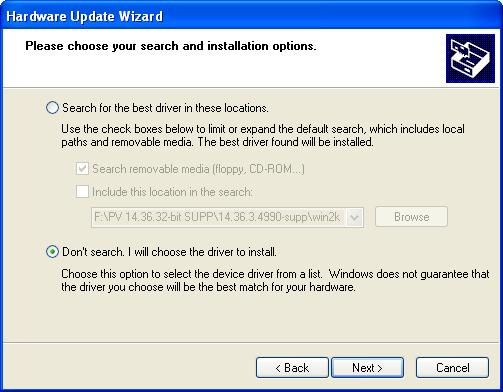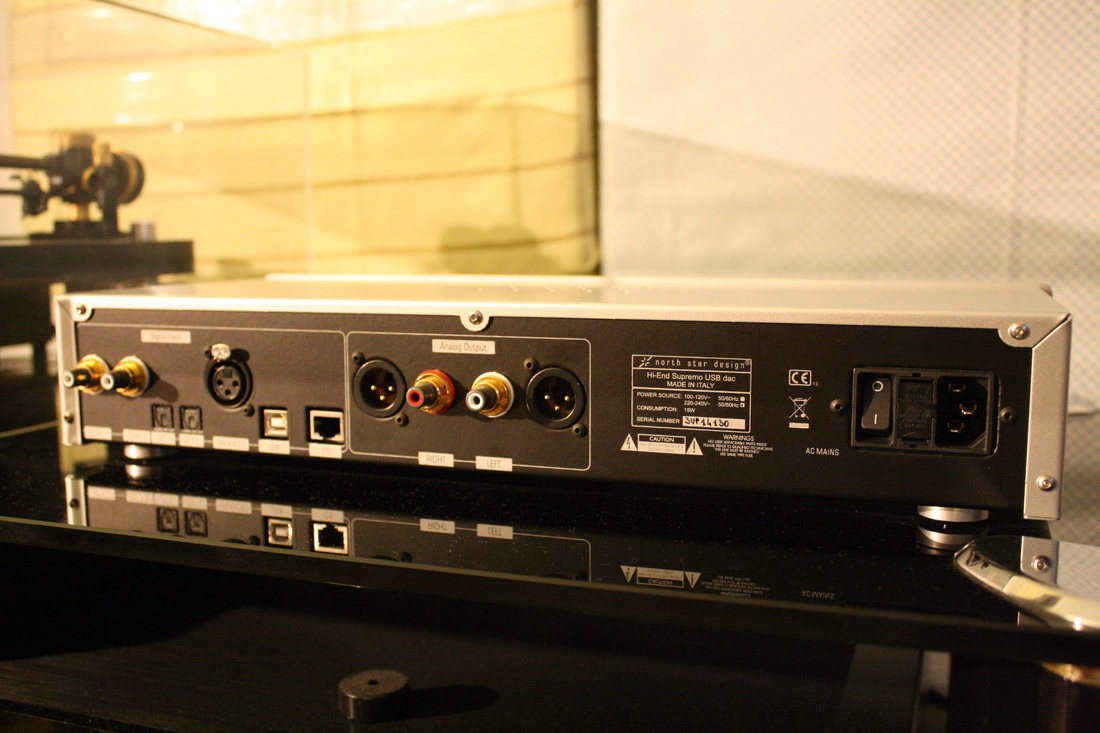The Scientific Data-Set library makes it easy for.NET developers to read, write, and share scalars, vectors, matrices, and multidimensional grids common in scientific modeling. Last published: December 28, 2011. There is an optional 64 bit only Warrior 8 installation but we have made the 32 bit Warrior 8 installation fully compatible with Windows 64 bit operating systems, if you are uncertain which version to download and install you should select the 32 bit version of Warrior 8. Scientific data driver download for windows.

Though North Star Design doesn’t sound specifically southern, the firm does stem from near Pisa to make a good fit with German hifi importer Friends of Audio’s portfolio who specializes in Italian products – north Italian products in fact. With Mastersound amplification, Diapason speakers and Basso Continuo racks, there’d been a vacancy. PhotoArt cards, Pet Lover cards and Bottle cards are all available at North Star Design. See them here as well as in retail outlets. North Star Design was founded on the principle of providing a comprehensive range of services while maintaining an intimate level of customer service and a focus on quality assurance. We believe this principle is the foundation for achieving our client’s goals in a cost effective and timely manner. North Star Design for sale at Audiogon. Find a great deal on products from North Star Design.
North Star Design Sound Cards & Media Devices Driver Windows 7

North Star Design Sound Cards & Media Devices Drivers


North Star Design Sound Cards & Media Devices Driver Updater
This review page is supported in part by the sponsors whose ad banners are displayed below |
This review first appeared in the October 2011 issue of hi-end hifi magazine fairaudio.de of Germany. You can also read thisreview of the North Star Design Essensio plus in its original German version. We publish its English translation in a mutual syndication arrangement with the publishers. As is customary for our own reviews, the writer's signature at review's end shows an e-mail address should you have questions or wish to send feedback. All images contained in this review are the property of fairaudio or North Star Design - Ed.
|
Reviewer: Ralph Werner
Sources: Luxman D-05
Preamplifier: Octave HP300
Power amp: Electrocompaniet AW180
Loudspeakers: Ascendo System F, Thiel SCS4
Review component retail: €1.590
|
Though North Star Design doesn’t sound specifically southern, the firm does stem from near Pisa to make a good fit with German hifi importer Friends of Audio’s portfolio who specializes in Italian products – north Italian products in fact. With Mastersound amplification, Diapason speakers and Basso Continuo racks, there’d been a vacancy for source components. And digital converters happen to be a core competency for North Star. Their latest model is the Essensio Plus, an asynchronous USB DAC which makes it a hot sample in an even hotter component category. North Star has been around for about 12 years. Whoda thunk at the end of the 90s that digital-to-analog converters would experience a massive renaissance? Hifi extremists of that day swore by separate transport/DAC combos which obviously included a converter (North Star still maintains spinners in the present portfolio). Then there was the quaint notion that an aged CD player with digital output could be resurrected as a dedicated transport. I never completely bought into that scheme but never mind that. Who pimps out a CD player today?
|
Anything that spins is more likely to be a hard rather than silver disc. The second coming of the converters is thus simply due to the desire to extract the best sonics from computer sources. This segues neatly into the North Star Essensio Plus under review whose 30 x 17 x 7cm WxDxH dimensions don’t occupy the full rack width but do rather exceed the footprint of the popular Benchmark Media DAC1. The North Star offers six digital inputs of which 5 are S/PDIF—2 x coax, 3 x Toslink—and one is the already mentioned USB socket. Max data density is 24/192 for coax, 24/96 for optical, 32/192 for USB. The analog output occurs via RCA as XLRs remain reserved for the next-up model USBdac32. The business end rounds out with the power IEC and mains switch.
|
The fascia is equally orderly - a stand-by knob left, volume control right, in-between the display bracketed by six vertical LEDs on either side to confirm chosen input and sampling frequency. A push on the stand-by button and vampires and other night dwellers might need to reach for their sun glasses. Let’s simply say that nobody will complain about any illegible display here. Beneath the bright figure indicating volume lives a 6.3mm headphone socket. And that covers the essensios 'cept for black or silver trim, the latter also available Jeff Roland-style wavy. While I found that particularly attractive, the company reports that it sells the least. There’s simply no arguing with personal tastes.
|
The included metal remote controls the variable output voltage, mute and input switching. Attenuation occurs in the analog and digital domains. One first sets the max output to 1, 2 or 4 volts without invoking on-chip digital attenuation. This occurs by holding down the volume control button in stand-by for two seconds. This pulls up the necessary menu as a letter/number combo from which one selects by rotating the volume control. One can bypass attenuation altogether (D), set the main output to work solo (A) or with headphone socket (AH) whilst figures 0, 1 and 2 (not completely intuitive) select the desired output voltage. In this scheme AH2 has both outputs active at a max 4 volts. Should you question the rationale behind this convention, remember that the converter chip handles 0.5-step attenuation in the digital domain. This eventually incurs resolution decimation by about one bit for every 6dB.
|
That makes it advisable to set the max output voltage as low as practical relative to amplifier gain, room size and desired listening levels to minimize the amount of digital attenuation for fine adjustments. North Star of course adds that their 32-bit/192kHz data processing delays the onset of where digital volume digs audibly into resolving power. The basic upshot is, why run a 2V-out DAC when 0.6V are happily sufficient only to throw the rest away digitally? Though far from esoteric or complicated, this solution is quite trick. It harvests precision digital attenuation—North Star claims zero balance issues even at low levels plus a constant low output impedance to make amplifiers happy—whilst avoiding resolution decimation.
|
Since the Essensio Plus USB protocol works in async mode, a few explanations on the subject seem à propos. The most practical advantage of USB lies in the ‘U for universal’. It’s the most common most widely adopted and thus universally available computer interface fitted to pretty much all PCs and laptops extant. That said, it’s not a dedicated audio interface. It shares duties with printers, modems, backup devices, keyboards, mice and sundry office/work appliances. Hence audiophiles are concerned how to best make use of USB for their purposes.
|
|



